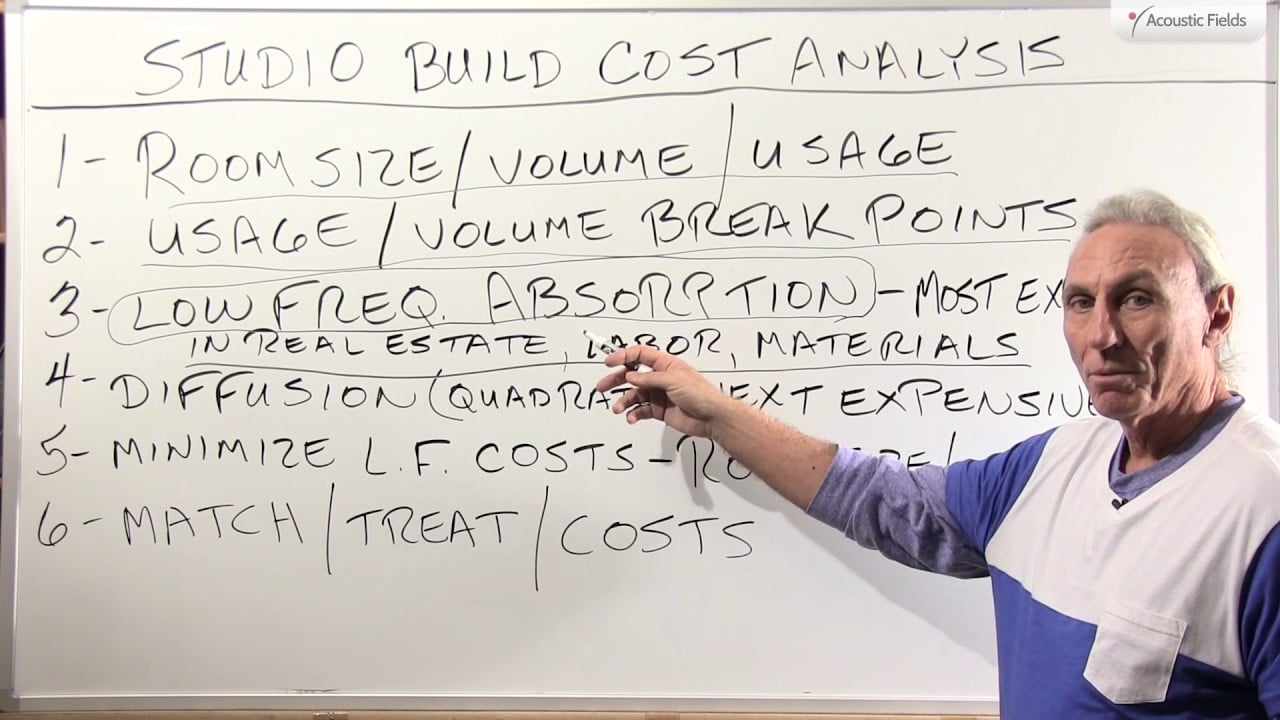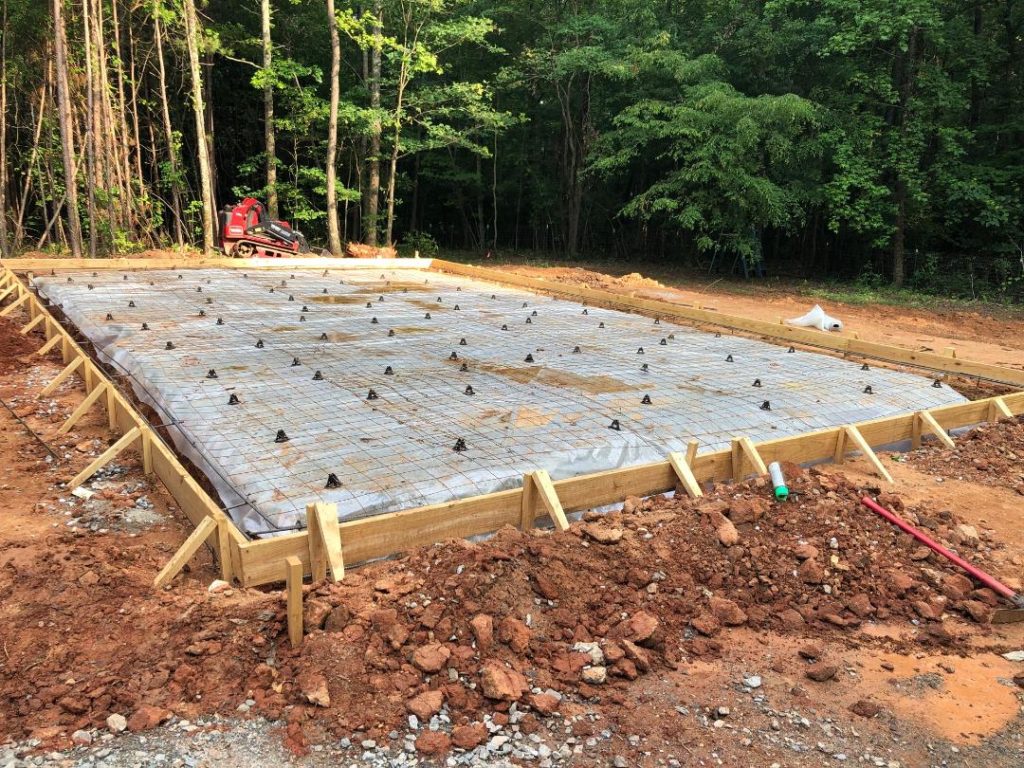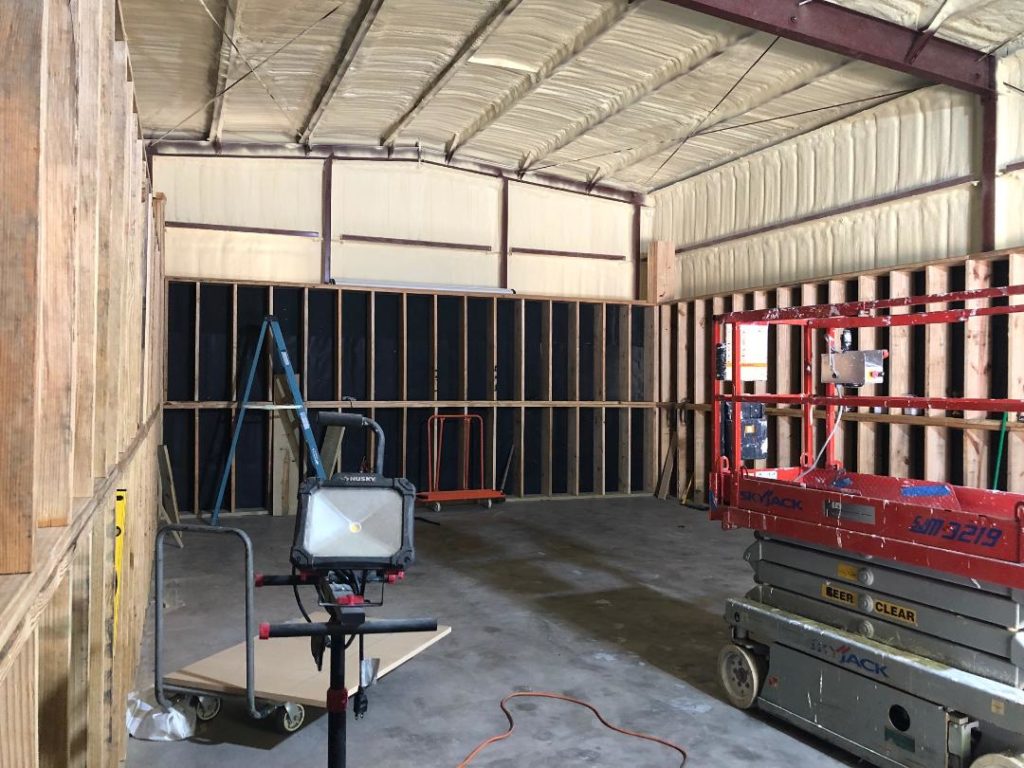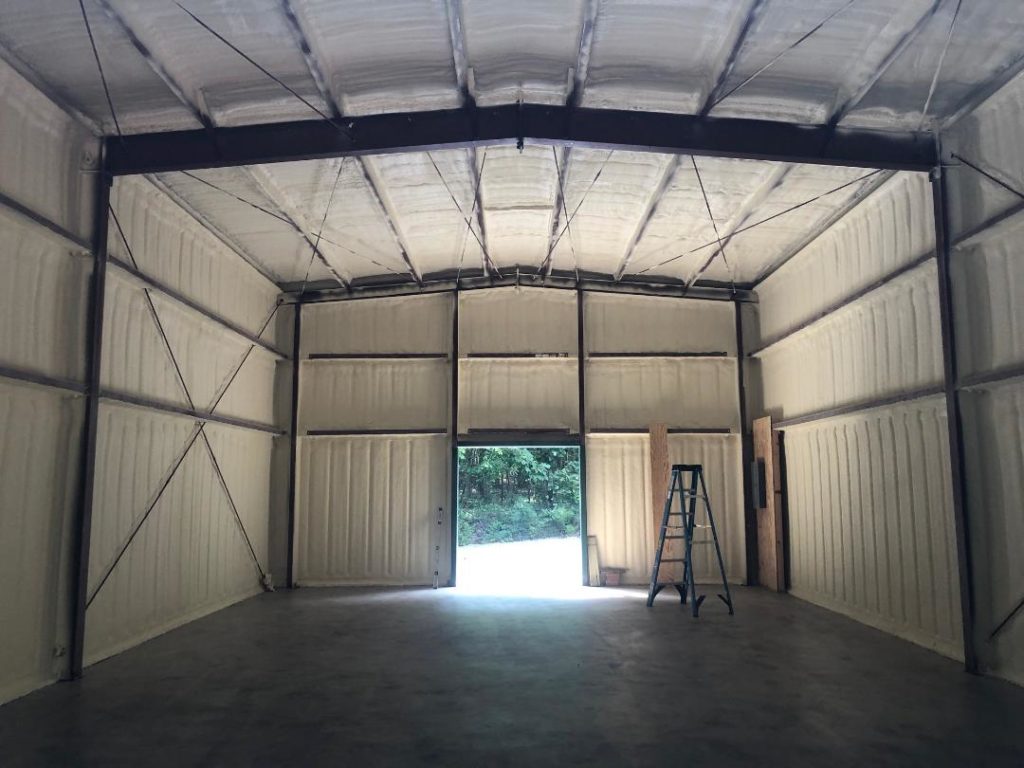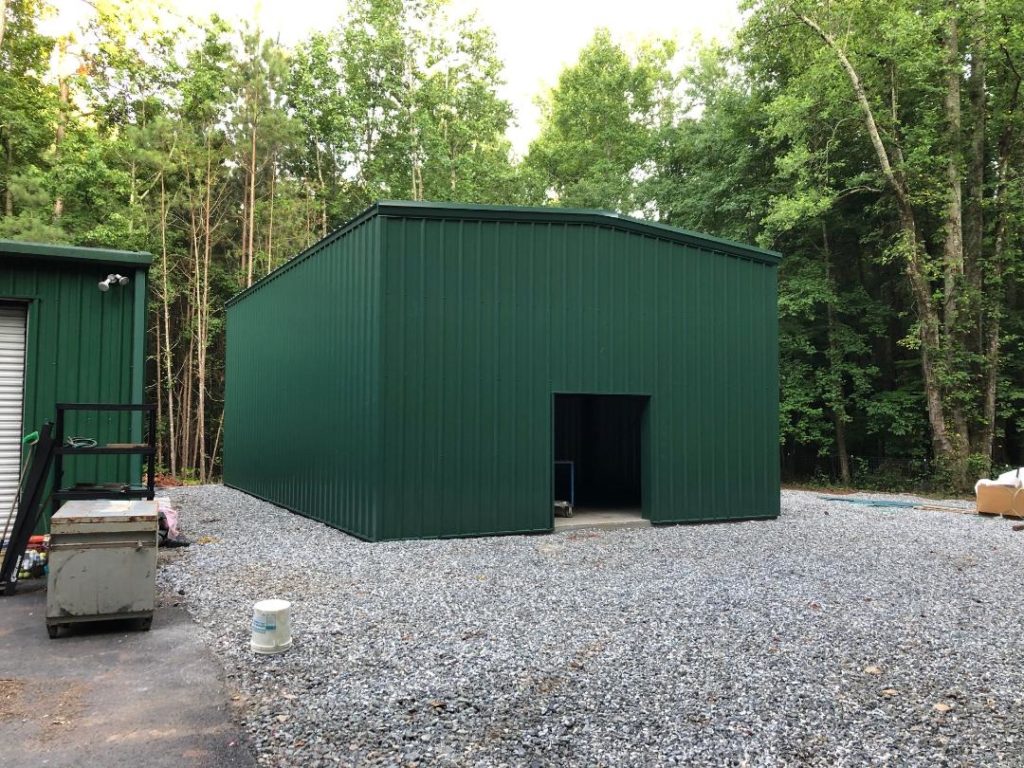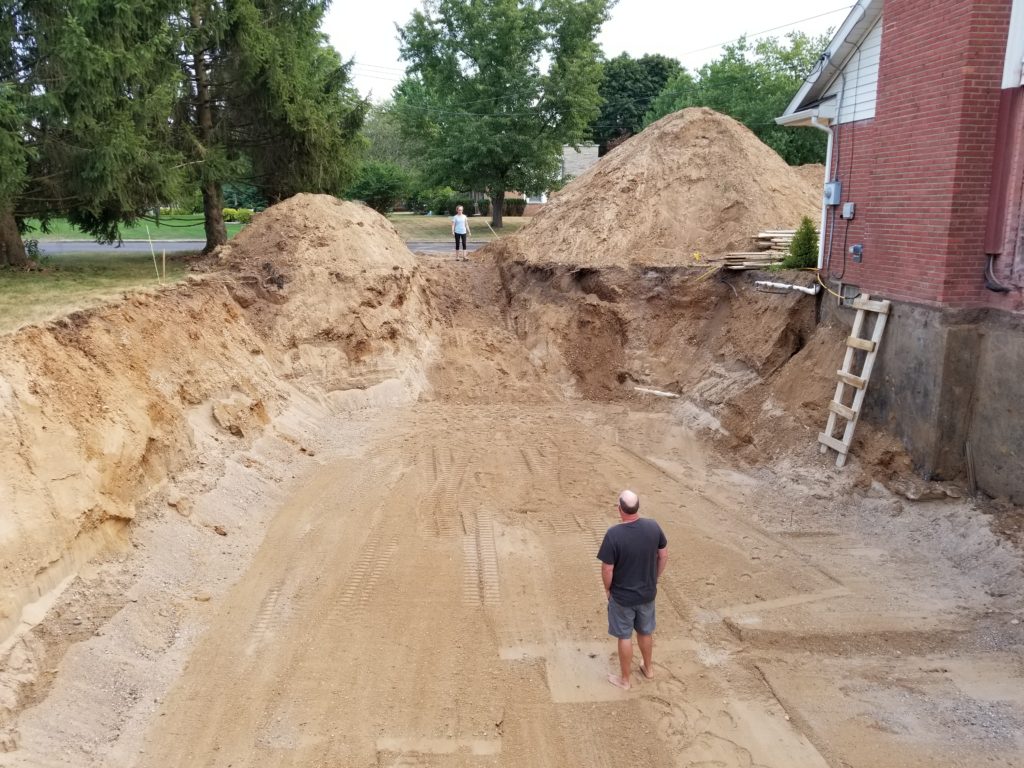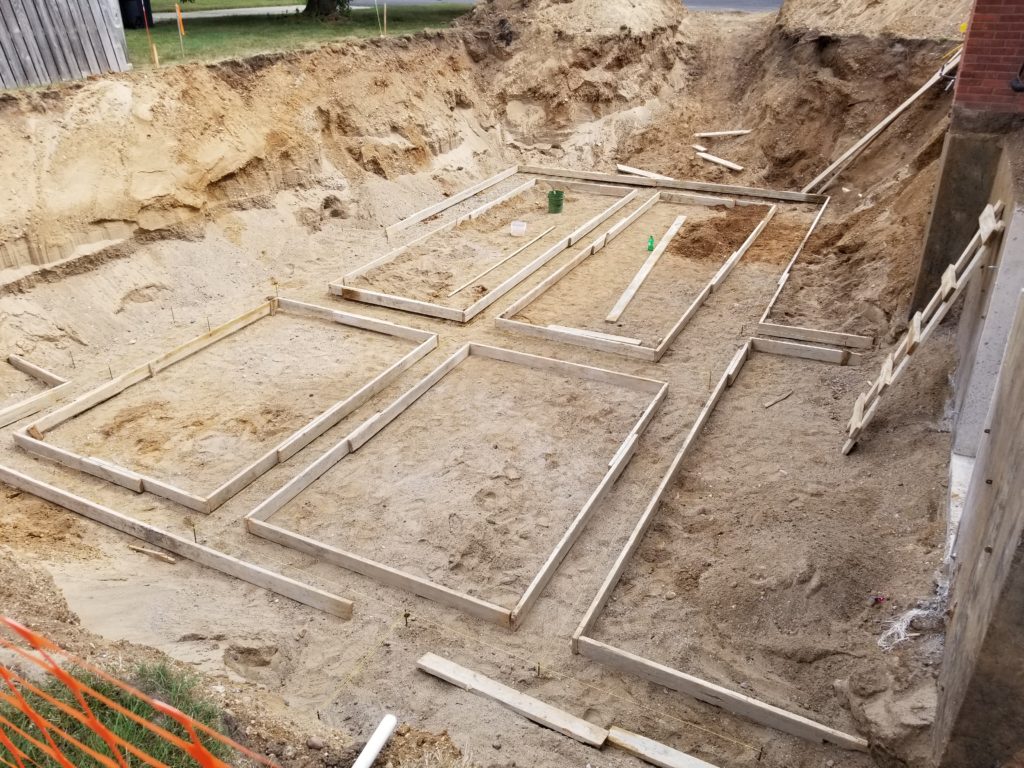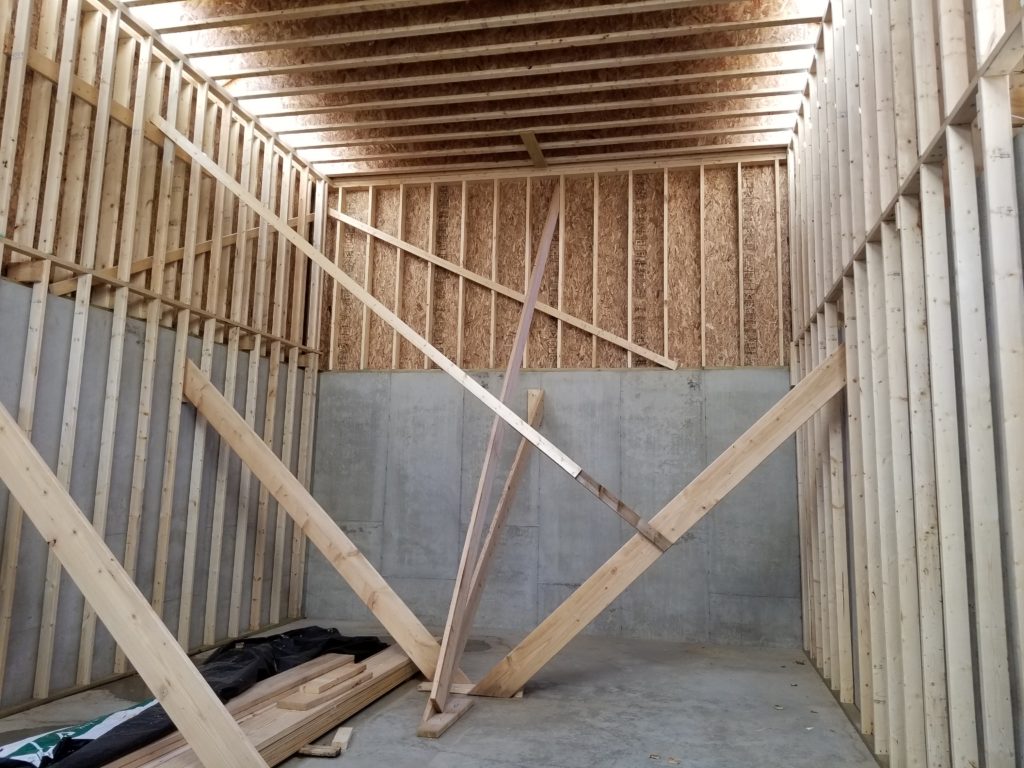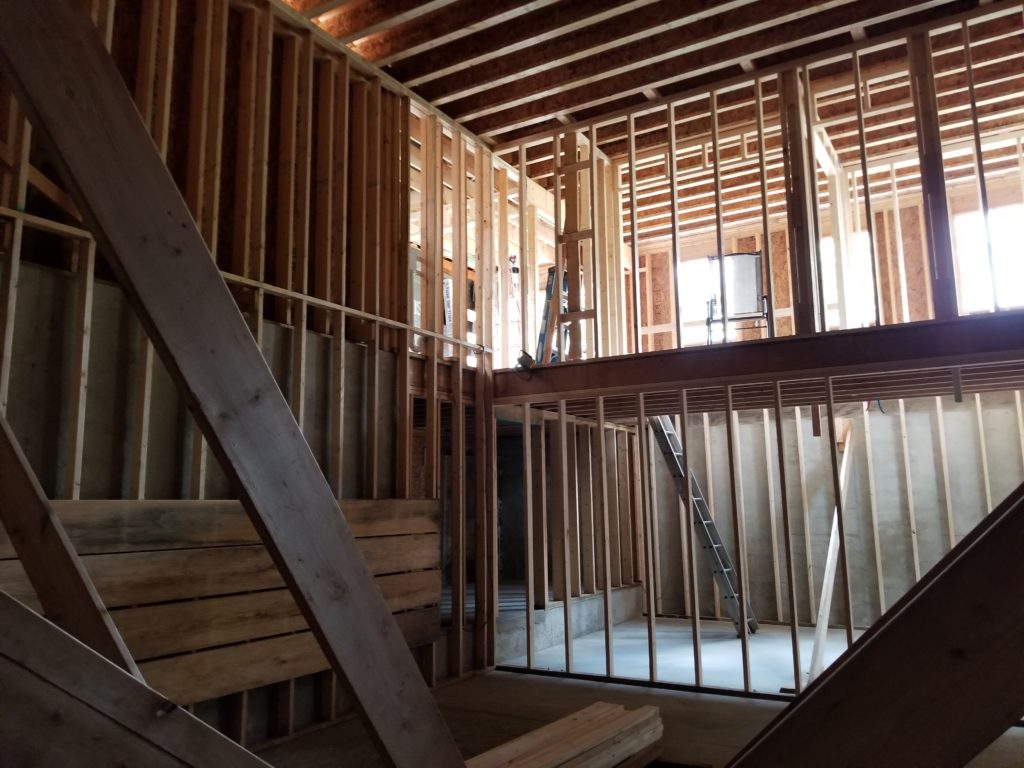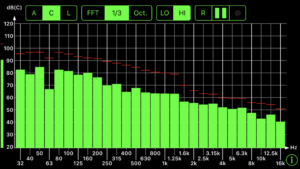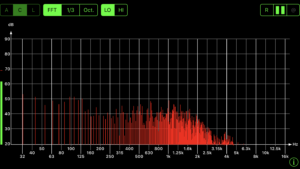Often we get questions about studio build cost. We do a lot of building, we do a lot of ground up, we do a lot of renovation and of course, we have our products that you can buy. Freestanding that you can put in your existing room and treat your existing room which may or may not be the right size and volume for your usage and that’s why you’re using treatment because things aren’t sounding good. So the first thing we’re going to talk about today is in building, when you’re really serious about sound and you’ve decided you know I’m tired of using Band-Aids in existing rooms, I’m going to build my own room, I’m going to dedicate it to what I want to do in that room whether it’s recording, playback or whatever it is. We have updated this blog on 12/6/19 to reflect changes in knowledge and process with regards to studio build cost.
If you’d like to take a closer look at a dedicated listening room built from the ground up visit this project page: https://www.acousticfields.com/very-dedicated-listening-piano-rooms/
So I’m going to call a guy like Dennis, I want to get the proper room size, volume, and usage… the proper room size and volume to match what I’m doing but I am just recording vocals, I don’t need an auditorium but I don’t need a closet either and that’s why most vocal rooms sound like we talked about in another video. So the bottom line here is if you match the usage to the size and the volume or match the size and the volume to the usage you start to see breakpoints where a little bit more of this would help with that. A little bit larger volume would mean less low-frequency absorption if it’s going to be a live room and we’re going to be recording drums or choirs or lots of sources. So there are breakpoints tradeoffs in real estate that you’re going to use, the amount of labor that’s involved and obviously the number of materials that are involved.
Noise
First, we must measure the noise we are dealing with. Noise takes two forms. First, we have noise from the outside coming into the room. Secondly, we have the noise leaving the room and disturbing others. We must measure the noise from external sources into the room. We must measure the noise over seven days since we will be using our studio every day. We must also measure the noise at 2 am in the morning since outside noise levels drop drastically. Once we have a handle on the frequency and amplitude of the noise, we can build the proper barrier.
- Octave Bands
- Frequencies
Barriers
We must take our noise measurements showing the frequency and amplitude of the noise issues and then design the proper barrier. Every material we use, every way we construct the barrier is dependent upon the frequency and amplitude of the noise numbers. We look at the minimum noise levels during each day and we look at the maximums. We design for the maximum pressure level on each day. Using that approach, we can have a design that will work for each and every day and each and every time period. Creative impulse has no time window.
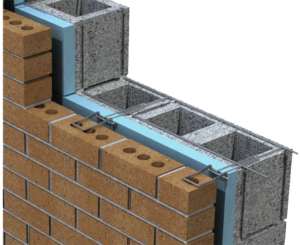
Low-Frequency Barrier Technology
Treatment
Our room has two main parts. It has the shell which is the barrier we build to deal with noise coming in and leaving. The second part is the treatment. The treatment includes absorption and diffusion technologies inside the room. We must use absorption to absorb excess low-frequency energy along with middle and high-frequency absorption. Once we have managed all the excess energy within the room, we can then use diffusion to take our defined and separated sounds and spread them out throughout the room. Figuring out the proper treatment gives us a better view at the studio build cost.
Low – Frequency Management
Low-frequency management is one of the most expensive treatments that you’re going to have to prepare for in your budget because it has to be treated almost every place in the room. So how much, where and all that, what frequencies were dealing with that all has to be analyzed but the goal when you’re designing and building a room from scratch is to always keep this low frequency requirement in mind because it’s the most expensive to treat so you have to choose the right volume to match what you’re doing in the room and there are like we say breakpoints and we know those where maybe if you’re 23 foot in length and you go to 27 foot it might cut your low-frequency absorption costs 25% but only increase the size of the room 5 or 10%. So we know from our experience in building all of these rooms, we know where these breakpoints are. That’s why I always tell people when they come to me with a specific footprint in mind for a project, “can you give me another 4 feet on the length, can you give me another 3 foot on the width, can you give me another 3 foot on the height” because I know if you can give me that for the shell, I know I’m going to cut your low-frequency costs down and then we can use money for other things.
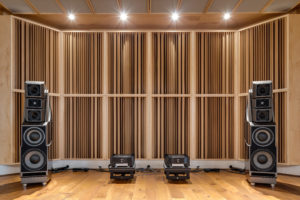
Quadratic Diffusion on Front Wall
Diffusion
What’s our next cost? Diffusion, especially quadratic, quadratic diffusers are labor-intensive, they’re not difficult but they’re labor-intensive to build. They have a lot of parts and the parts are all wood so the cost is rather expensive, you have to use wood because wood gives a more natural warm-sounding tone especially your softwoods for diffusion. Quadratic diffusion would be your next expensive cost when you’re considering building, the low frequency being the first. So like we said before to minimize your low-frequency cost get the right size and volume and a few feet can mean a huge difference especially when you’re dealing with live rooms where you have full-range instruments. A drum set will produce sounds from 40 cycles all the way to 8,000 so we can handle the 8,000 in almost any room size but the 40 cycle energy, completely different story. So how do we do that with drums? We put the frequency absorption right under the drum, we build it into the platform elevates it off the floor which is best for pressure and absorbs closest to the source so all kinds of things we can do but when you’re building your room you’re always thinking about the cost. I’ve got X amount of space, I’ve got X amount of money and we want to match the space, usage, and volume to the amount of money you have and make sure we’re addressing the issues first.
Phase Project
Now a lot of times we can phase it, you start to see the numbers and you start to see the cost you realize oh I don’t have enough money to do what I really want. So then we address the issues that are the most important first and that’s a little frequency because if you don’t have the low end right in the room you’re never going to have anything else right. We want to get the low end right because remember a 40 Hertz problem is also a problem at 80, 120, 160 because of our harmonics so the fundamental is the beginning of the nightmare and then the harmonics are the end of it okay. So match the size, volume, treatment to the studio build cost it’s all a juggling act, a ratio. Where do you go to find this information? Only experience can give it to you, I’ve been building buildings for 40 years, I have a lot of experience and I’ve been building sound and acoustic rooms for the last 15 and I built over a 135 now. So that database and that experience is available to you so please don’t hesitate to call, I’ll be more than happy to share it with you and let’s know what we’re doing first before we do it, saves time and money and aggravation and then we know what your end result is going to sound like.
Learn More About Us At Acoustic Fields: https://www.acousticfields.com/about/
—
This is an unedited transcript from our video series from Acoustic Fields. There will be some errors in grammar and sentence structure that occur during this translation process.
For complete understanding and comprehension, please view the video which is included in this text. For any additional information regarding studio build cost or relating to room acoustics, please contact us directly at:
P: 520 – 392 – 9486


